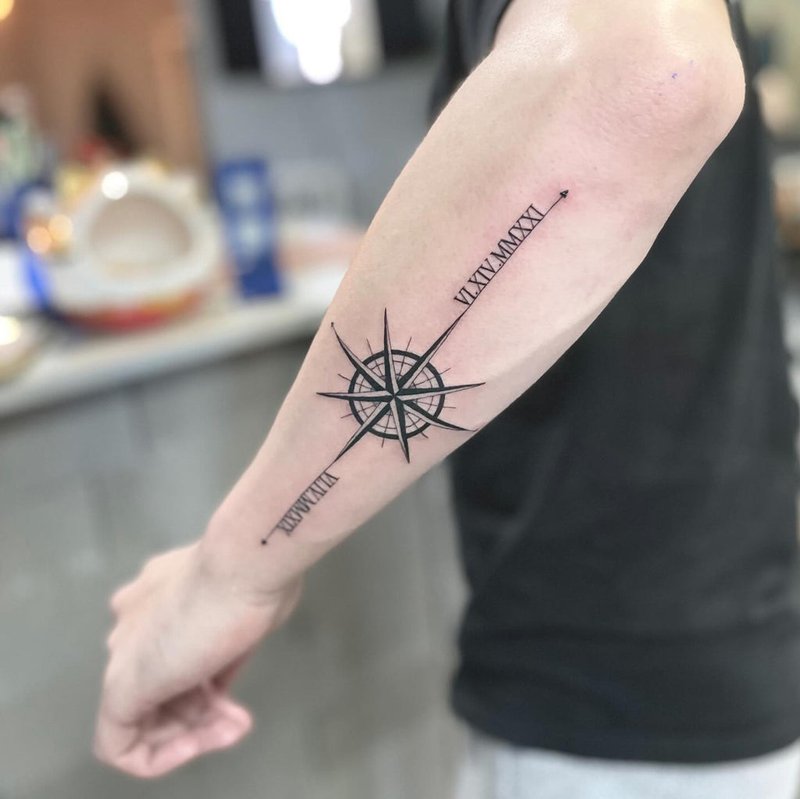
From their adventurous life cycles to their remarkable sense of direction, salmon are packed with interesting facts that’ll leave you wondering just how much you really know about them. Honestly, these fish don’t just swim; they embark on epic journeys, navigate treacherous waters, and play crucial roles in their ecosystems. Ready to be amazed? Here are ten cool things you probably didn’t know about the salmon.
1. Salmon Can Change Color
You might be surprised to learn that salmon can actually change color throughout their lives. When they are born, they are usually a dark bluish-green. As they mature and get ready to spawn, their colors can shift to a richer shade of red or even a deep purple. This change acts as a signal to other fish and is a fascinating example of nature’s adaptability. It’s like a superhero transformation, only these fish are donning their battle colors for a different kind of fight!
During spawning season, the male salmon often turns brighter than the females to attract partners. This vibrant display can make them irresistible in the eyes of potential mates. Imagine wearing your “best outfit” to a big event; that’s what these male salmon are doing!
2. They Navigate Using the Earth’s Magnetic Field
Here’s the thing: salmon are incredible navigators. They can find their way back to the exact river where they were born after spending years in the ocean! Scientists believe these fish can detect the Earth’s magnetic field, using it as a kind of GPS to guide them home.
This skill is not just for show; it’s a matter of survival. In their early life stages, salmon must return to their freshwater spawning grounds to reproduce. If they get lost, the entire salmon population can be affected. Think of it as nature’s way of making sure these fish always know their roots.
3. Salmon Are Born in Freshwater
You might think of salmon as ocean fish, but they actually begin their lives in freshwater rivers and streams. After hatching, the baby salmon, known as fry, live in the river for a few months before they venture into the vast ocean. It’s like when you move away from home for college but still hold onto those childhood memories.
Spending time in freshwater helps them develop essential skills they’ll need for life in the ocean. After a few years, they migrate to the sea, where they’ll grow, learn, and eventually return to spawn. It’s a classic coming-of-age story for these fish!
4. They Have a Unique Life Cycle
The life cycle of a salmon is nothing short of extraordinary. They hatch from eggs, grow into fry, then smolts before heading to the ocean. This entire transformation can take between one to three years, depending on the species and environmental conditions.
Once in the ocean, salmon can live for several years, sometimes up to seven or eight years, before returning to freshwater to spawn. Their journey is full of twists and turns—like a thrilling movie plot—but ultimately leads back to where it all began.
5. Some Species Are Endangered
You might be wondering how salmon populations are doing today, and the truth is: some are in trouble. Many salmon species, like the Chinook and Coho, have faced significant declines due to habitat loss, overfishing, and climate change. It’s a heartbreaking reality that affects not just the fish themselves but also the bigger ecosystem reliant on them.
When salmon populations decrease, it can lead to a ripple effect throughout the food chain. Bears, eagles, and even humans who rely on salmon for food and their livelihoods can find themselves in a tough spot. Protecting these fish is important for maintaining balance in nature.
6. Salmon Have a Strong Sense of Smell
Salmon are like the bloodhounds of the fish world! They have an excellent sense of smell and can detect odors in the water from miles away. This amazing ability helps them locate their spawning grounds and avoid predators.
Their keen sense of smell allows them to differentiate between various scents, which is essential for identifying their home river. Imagine having a superpower that lets you sniff out your favorite bakery from blocks away; that’s pretty much what salmon can do when they find their way back home.
7. They Are Vital to Their Ecosystems
Salmon are much more than just tasty fish; they play a crucial role in their environments. When they die after spawning, their bodies decompose and release nutrients back into the soil and water. This provides food for plants, insects, and other animals, creating a thriving ecosystem.
Bears and other predators depend on salmon during their spawning season, and these fish provide essential sustenance for many species. It’s like an unending cycle of life that enriches the environment. Without salmon, many ecosystems would struggle to maintain their balance.
8. They’re Super Athletes!
Speaking of balance, have you ever watched a salmon leap upstream? Talk about impressive! These fish are incredible athletes, capable of jumping over obstacles like waterfalls and rocky rifts. Some species can leap up to 12 feet in a single bound, which is like a human jumping over a two-story building.
Their powerful muscles and streamlined bodies make them exceptionally strong swimmers. They navigate through strong currents and tricky waters, showcasing some serious stamina. You might think of them as the “Olympic champions” of the animal kingdom.
9. Salmon Are Farmed Globally
As much as we love wild-caught salmon, a significant portion comes from fish farms. Fish farming, or aquaculture, has become essential to meet the growing demand for salmon. It’s an efficient way to raise them without overfishing wild populations.
But this practice isn’t without challenges. It’s important to ensure these farms maintain sustainable practices. From feeding the fish to managing waste, there’s a lot that goes into farming salmon. As consumers, being aware of where our food comes from helps us make more informed choices.
10. They Have Different Dietary Needs
Lastly, you might be surprised to find out that salmon have specific dietary requirements at different life stages. As fry, they feed on tiny insects and zooplankton, but as they grow, their diet expands to include larger prey like other fish.
The diet of salmon can significantly influence their growth, reproduction, and overall health. Keeping their diets balanced in both the wild and in farms is key to raising healthy fish that can thrive. Just like humans, proper nutrition plays a significant role in their well-being!
As we wrap up our journey through the fascinating world of salmon, it’s clear that these remarkable fish are more than just a delicious meal. They embody resilience, adaptability, and play essential roles in our ecosystems. The next time you enjoy a piece of salmon, think about the incredible life it has led and all the cool facts you’ve learned. Whether they’re leaping upstream or providing nourishment to bears and humans alike, salmon truly are a wonder of nature.

